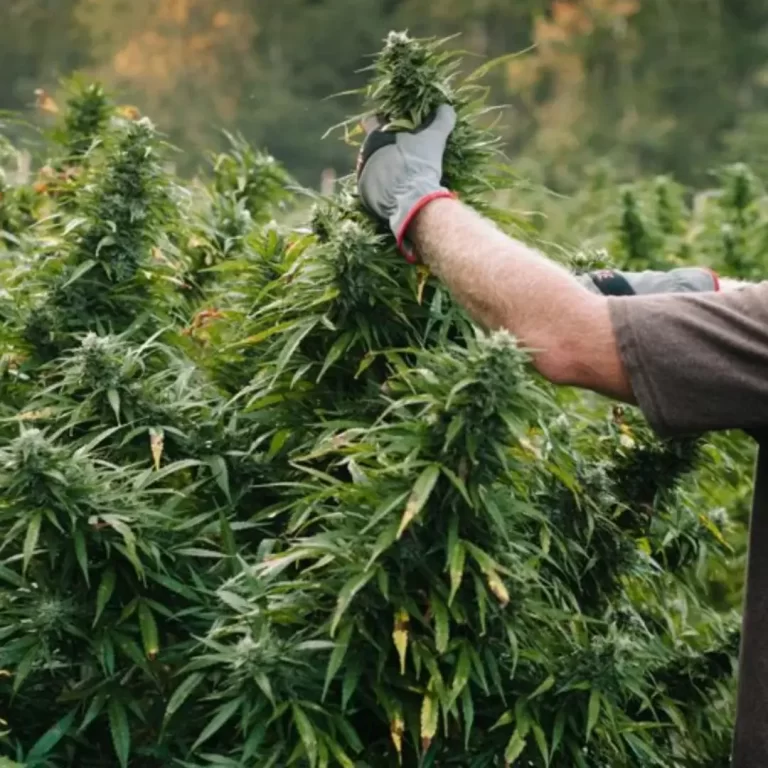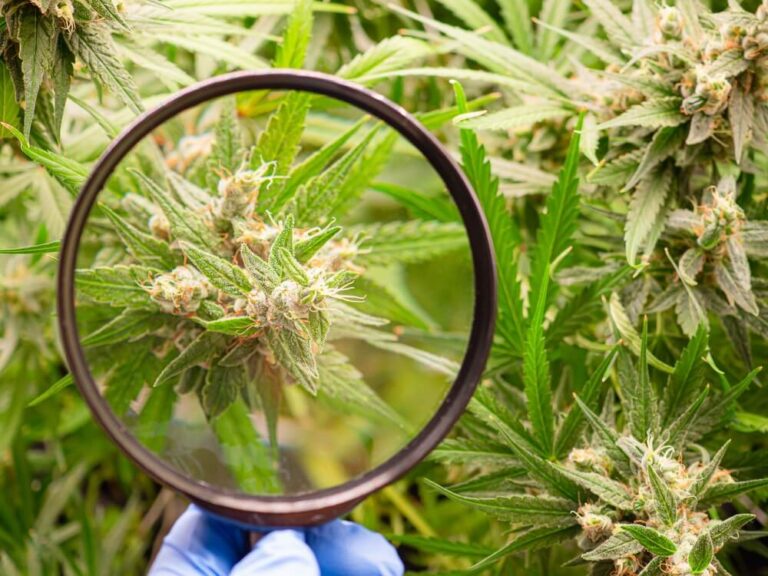
NFL Awards $1 Million To Study Marijuana Pain Management and Concussion Protection For Players
- Cannabis News
- Cannabutter Digest
A recent study revealed that 52 percent of NFL players use opioids to manage pain. Almost three-quarters of those players misused opioids. NFL players are looking for alternative medicine to help manage pain, preferably something that is not addictive. The National Football League recently awarded $1 million to two researchers to study the impact of marijuana and CBD on pain management for elite athletes.
NFL has had limited studies of cannabis and pain management because marijuana is a Schedule 1 federally controlled substance. In addition, marijuana industry representatives have not supported some studies because marijuana is widely available and is being used to manage pain already.
Over 100 researchers submitted proposals for the research. The University of California San Diego and the University of Regina in Canada were awarded grant money for the research. There is anecdotal evidence that NFL players use cannabinoids to manage their pain, but these studies will possibly provide scientific, real-world evidence of the efficacy of using marijuana to reduce and otherwise manage pain. The studies will take three years to complete.
Three Areas of Research
The NFL wants to study three areas:
- The effects of cannabinoids on pain in elite players .
- The effects of non-pharmacological treatments like hypnosis, education and psychological counseling,physical and occupational counseling and other treatments.
- The effects of cannabinoids on the performance of elite players, including psychomotor, reaction time, etc.
The NFL also wants to investigate if cannabinoids can be an effective medication for the treatment of concussions. Sometimes there are long-term effects from concussions. Researchers at the University of Regina in Canada have that some of the compounds in medical marijuana can potentially alleviate these effects.
NFL players may be enthusiastic about cannabis research because there is so much opioid abuse in the league. Players have seen active and retired peers who use the drugs at a far higher rate than non-players. Fifty percent of retirees who used opioids ten years ago were still using them. They experienced moderate to severe depression nine years after retiring, which researchers partly attributed to painkiller abuse.
A study in 2020 sought the answers to three questions:
- What are the rates of painkiller abuse among athletes?
- How do these rates compare to the general, nonathletic population?
- In what sports or athletic activities may athletes be at higher risk for painkiller abuse?
The study found the use of opioids while playing predicted the use in retirement. Risk factors for opioid abuse included Caucasian race, contact sports like football and hockey, post-retirement unemployment, undiagnosed concussions, and heavy drinking.
Keeping Players on the Field with Painkillers
There has been a conflict of interest between coaches and players in the NFL. Management wants to keep players on the field even when injured and they encourage painkiller abuse, even during games. Players don’t want to risk injuring themselves even worse by taking pills that interfere with their management of pain. The 2020 Collective Bargaining agreement attempted to deal with this issue but many found their approach to be inadequate. Team doctors still wanted to keep players on the field for owners and coaches, but were not always willing to consider player’s health. Also, the lack of any effective alternatives to opioids meant players kept using these powerful painkillers even if they didn’t want to.
Concussions can leave players with significant brain damage in specific areas of the brain that can contribute to drug abuse and addiction. Chronic traumatic encephalopathy can damage the frontal cortex and the amygdala, both of which help with impulse control. If a player develops a painkiller habit while suffering from CTE, it could be very difficult for them to manage their behavior and avoid doing drugs. CTE can also result in poor judgment that may see a player seek out opioids when they know they shouldn’t because of their addiction. CTE can only be diagnosed with an autopsy, so it is difficult to attribute addiction to the condition. But a player survey found that of players who misused opioids in the previous 30 days, 58 percent had diagnosed concussions during their playing days and 98 percent had undiagnosed concussions during their playing days. However, smaller, non-concussive hits to the head can also cause CTE, particularly in players who had a long career.
Medical Marijuana as an Alternative to Opioids
Some former NFL players speak to the benefits they have experienced they have seen from using cannabis and CBD to manage their chronic pain. Studies have found that using cannabis in conjunction with opioids can decrease the dosage of painkillers that need to be administered, managing side effects of the drug. A Harvard Medical School study found evidence that medical marijuana can help treat chronic pain. Another study declared that THC and cannabinoids can be even more effective than opioids for some pain.
Other leagues, like the National Hockey League and Major League Baseball, no longer test for marijuana, or test but do not penalize a player for a positive test. The NFL still bans cannabis but has softened enforcement. The NFL has a significant opioid problem and many player injuries, which indicates a more informed policy regarding players using cannabis and CBD could benefit players a lot.
Another approach could be for the NFL to use therapeutic use exemptions (TUE) for specific players. Currently, the League is skeptical about medical marijuana and CBD, and TUEs are an uphill battle for players and doctors. Unfortunately, players cannot get a TUE because other treatments are available, such as opioids. Players would have to not use painkillers while they experiment with cannabis to find a dosage and use patterns that manage their chronic pain.
Both sides, players and owners, are committed to research that may help develop alternatives to opioids, such as cannabis. The current situation, with players using significantly more opioids than is healthy, and constantly risking addiction and overdose, is not a good policy or practice.






